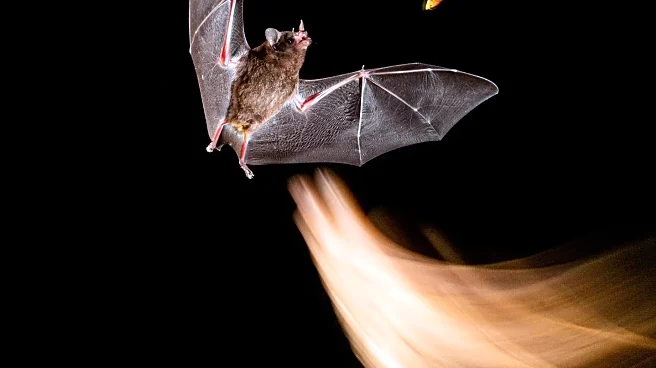What's Happening?
A study by researchers at the University of British Columbia has uncovered why honey bee colonies often overthrow their queens, a process known as supersedure. The research found that common viral infections reduce a queen's egg-laying capacity and production
of methyl oleate, a pheromone that maintains worker loyalty. When this pheromone level drops, worker bees detect the queen's weakness and initiate her replacement. This natural survival strategy can disrupt managed hives, leading to reduced pollination and honey production. The study highlights the role of viral infections in destabilizing hive social structures and suggests that supplementing colonies with synthetic pheromones could mitigate these effects.
Why It's Important?
Honey bees are crucial for pollinating about one-third of the world's crops, making their health vital for global food security. The study's findings provide insights into the challenges faced by beekeepers, particularly the issue of queen failure and premature supersedure. Understanding the impact of viral infections on queen health can help develop better management strategies to maintain hive stability and productivity. This research also underscores the importance of controlling varroa mites, which spread viruses linked to queen failure, highlighting a critical area for beekeepers to focus on.
What's Next?
The research suggests practical interventions for beekeepers, such as using synthetic pheromone blends to stabilize hives during critical periods. Further studies could explore additional methods to manage viral outbreaks and improve queen health. The findings may lead to new strategies for controlling varroa mite populations, thereby reducing the incidence of viral infections in bee colonies.













